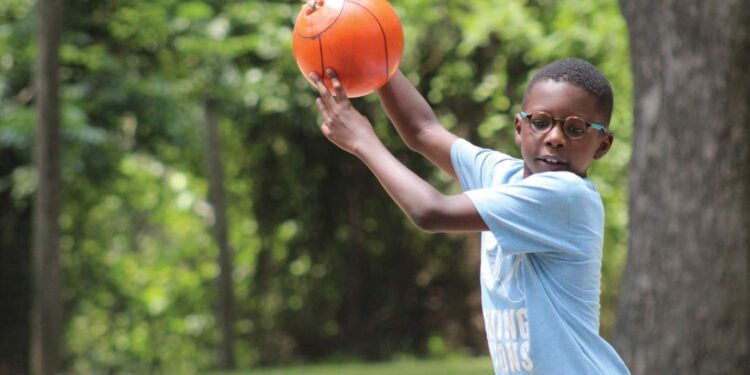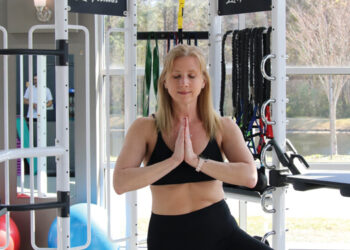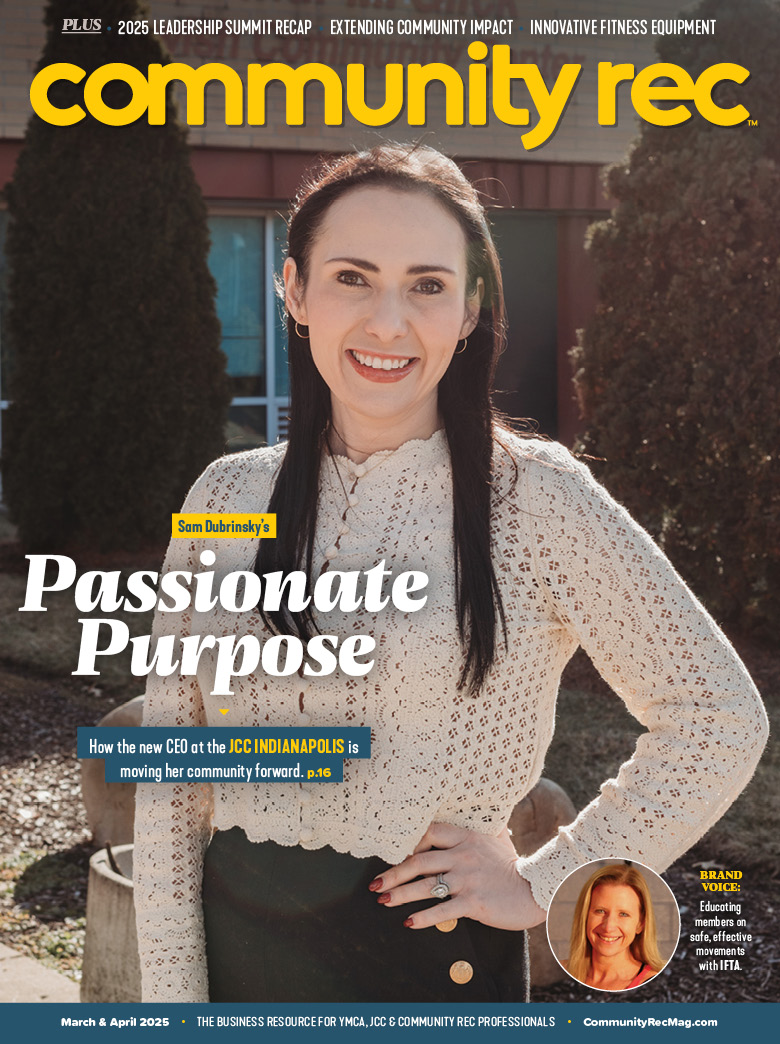Around 20 million children in the U.S. attend summer camp every year, according to the American Camp Association. As community centers host a majority of these children, it’s vital you are providing fun, safe and engaging summer camps.
According to Addison Winn, the program director for YMCA Camp Carter in Fort Worth, Texas, a key part of making camp engaging is to evaluate pre, during and post activity. They evaluate the kids’ excitement, requests to do it again, their vibe during the activities, etc.
“Furthermore, we choose activities based on popularity, feedback from previous programming, researching new activities that are on the rise, improving previous programming to make it more exciting and successful than the previous year, and nixing the ones that were not a hit,” explained Winn. “Choosing activities is a constant process of evaluating, examining, researching, implantation, gathering feedback and moving forward from there.”
At YMCA Camp Carter, the high rope challenge course — specifically the Giant Swing and Alpine Tower — archery, canoeing, all-camp games and Gaga Ball are their most sought-after activities.
And after facing more than two years of a global pandemic, kids are excited to return to these popular activities and create meaningful connections because many are facing a mental health crisis. According to the CDC, emergency department visits by children for mental health issues went up about 30% for kids ages 12 to 17 and 24% for children ages five to 11 between March and October of 2020.
“When COVID-19 stripped campers’ ability to connect with others, a basic need was stripped and the feelings of — and a lot of true realities — being lonely, not cared for, etc. were forced upon them quickly and without warning, adjustment and all too prevalent, without guidance of how to navigate all those big feelings,” said Winn. “Therefore, by simply implementing interactive, immersive and engaging activities again we will greatly support the well-being of every camper socially, physically and emotionally.”
Also, because the pandemic created a great deal of social anxiety, Winn said they have implemented and will continue to implement cool-off zones. These zones are areas with small, calming activities such as Legos, coloring, bracelet making, shooting hoops, etc. so campers have a space to be grounded and feel safe once again.
Another facility focusing on making camps safe spaces is the YMCA of Metropolitan Chicago.
The Chicago Y took action to bring in professional expertise after they saw a marked increase in the number of young campers expressing thoughts of suicide or other forms of self-injury last summer.
“Typically, we receive one, maybe two, reports of suicide ideation among campers over a summer,” said Jill Doerner, the chief learning officer for the Chicago Y. “In 2021, within just the first three weeks of the summer camp season, we had almost five times that number of youth tell us they have had thoughts of suicide or self-harm, indicating an urgent need for professional support. It, unfortunately, confirmed our suspicions the pandemic is really taking a toll on the mental well-being of our kids. Luckily, we had already started the search for a Behavioral Support Manager and were able to start that work in the fall of 2021.”
Since then — and recognizing the need to equip staff with the right skills to address such issues — Doerner said they have already trained their staff in Youth Mental Health First Aid training. This is in addition to the 40 hours of training at the beginning of each summer staff receive on CPR, First Aid, Trauma-Informed Care, Facilitation Skills, Risk Management, and Diversity and Inclusion.
Additionally, the Chicago Y is incorporating mental health first aid and trauma-informed care in their association-wide camp training, as well as mindfulness games and positive behavior support plans in all their youth programming.
With the clear evidence of the mental health crisis, Doerner said their Y has been very mindful of the importance of maintaining some semblance of normalcy and familiarity during the pandemic, especially for their youngest campers. At the same time, Doerner said they take their responsibility as a trusted community resource to preserve and protect the health and well-being of their families and communities very seriously. As such, they adhere to all public health guidelines.
“For our summer camps, that means requiring our campers to wear masks while indoors and social distance where possible,” explained Doerner. “Admittedly, this has made offering high-contact activities and sports very tricky, requiring us to think creatively about how to incorporate fun while social distancing. For example, in Hula Hoop Art, each child is designated a socially-distanced hula hoop outlined area in which they can create their own personal work of art, leaving behind a beautiful piece of creativity and self-expression for the community to enjoy.”
Winn agreed that during COVID-19 things were challenging because the activities had to be as secluded as possible.
“The campers were split into groups they had to stay in week-to-week. They had to stay at each scheduled station until the next rotation. Activities had to be based on smaller group sizes, social distancing and little interactions,” explained Winn. “Since then, I would summarize the change as being more inclusive. We no longer have to split and stay in these little groups and in stations and have been able to go back to the more integrative and inclusive activities that are more popular than the COVID-19 activities.”
While the COVID-19 pandemic is everchanging, there is one thing that remains constant — the need for children to have safe, engaging and fun spaces.
“Overall, we get to do the activities that immerse each camper into interactive and engaging activities again that make camp what camp is, and for that, we are extremely thankful,” said Winn.
Photo courtesy of YMCA Camp Carter: Campers learn valuable life skills, make new friends and participate in fun activities.










